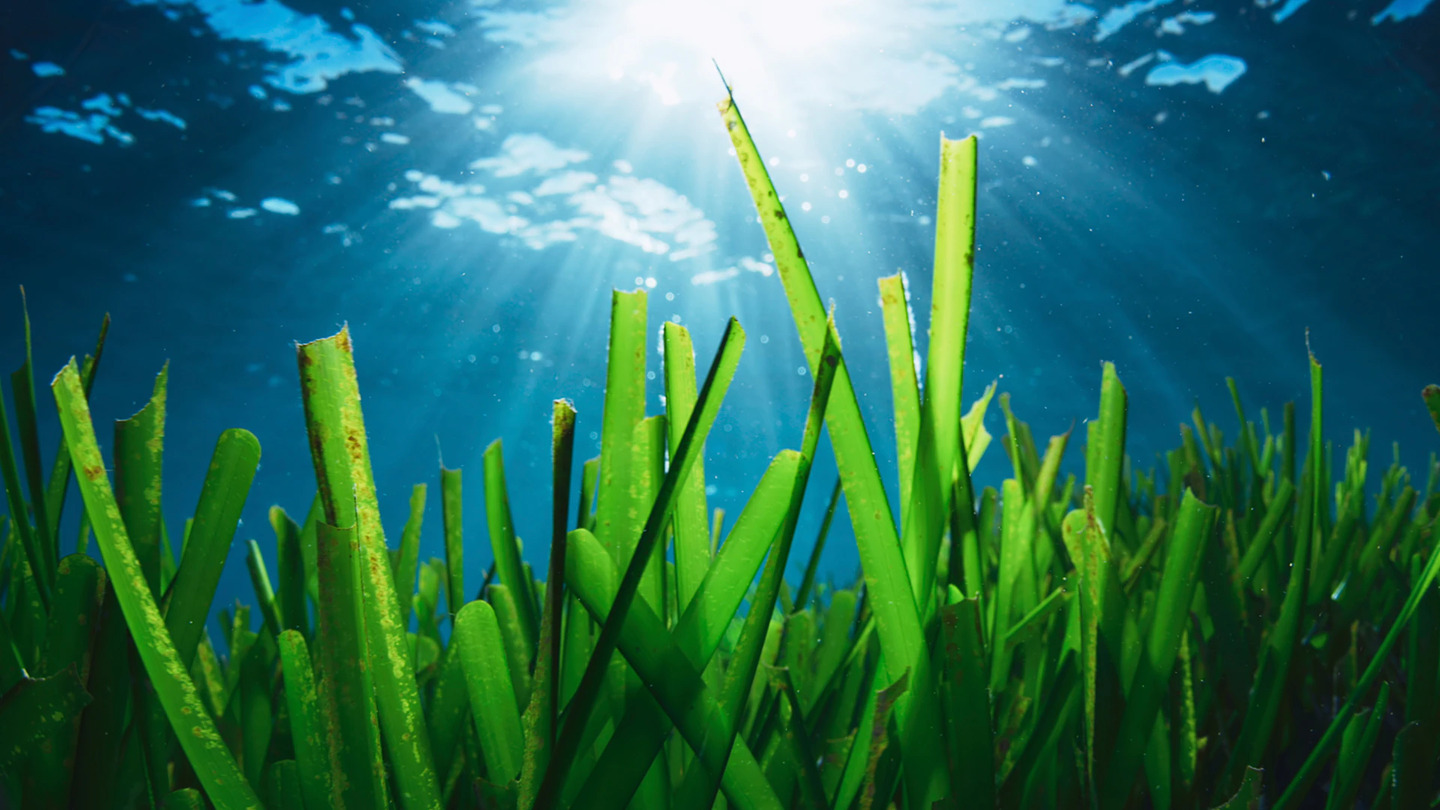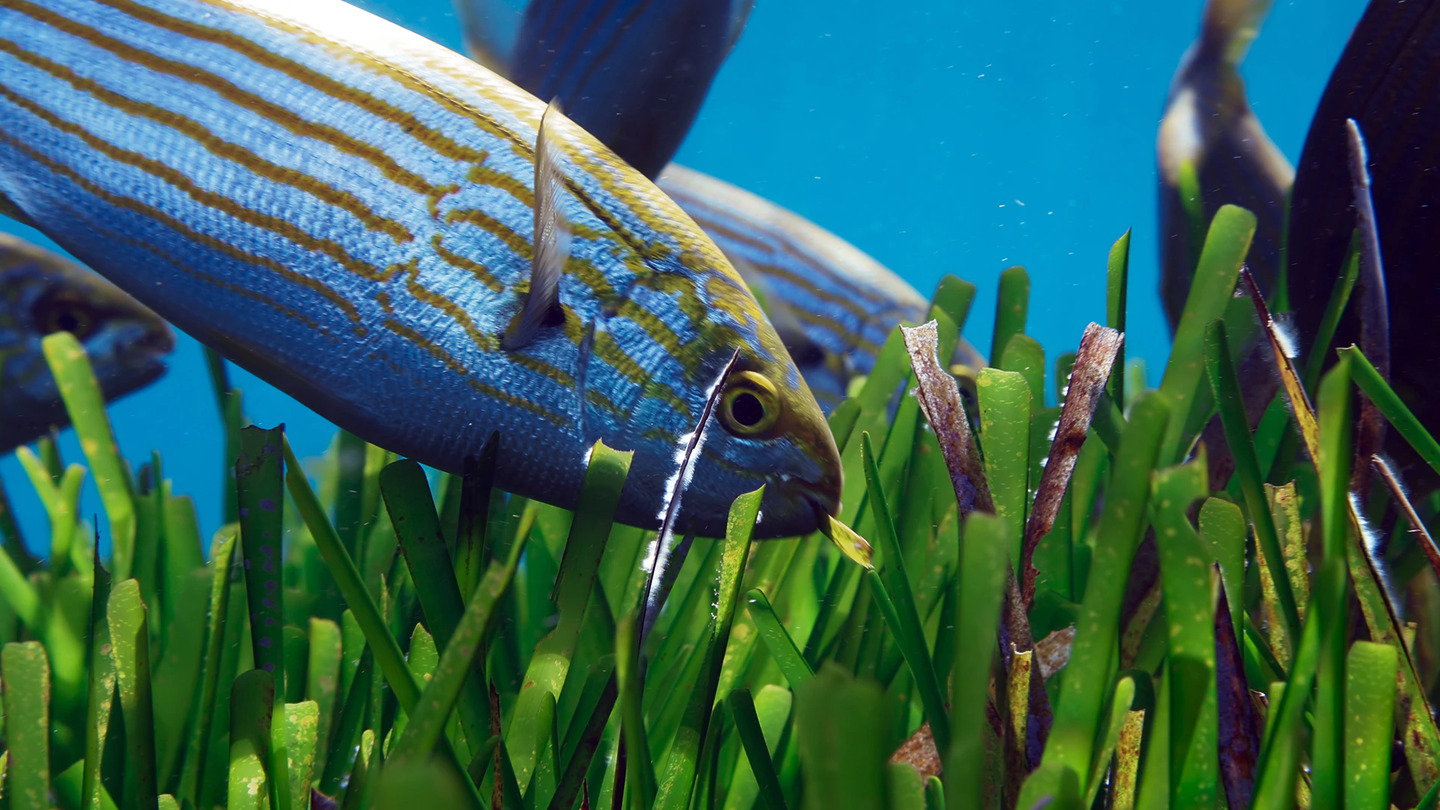Many strange and lovely flora may be found in our watery habitats. However, life in these diverse and sometimes unpredictable situations is not always simple.
These plants can live under hardship, from aquatic plants surviving the powerful currents of Colombia’s Rainbow River to huge water lilies struggling for light in Brazil’s flooded Pantanal.
Giant Waterlily
The Giant Waterlily, thrives in Brazil’s Pantanal area. It begins as a little bud that develops to the surface of the water before emerging as a gorgeous lily pad up to three metres broad. The plant’s underbelly is adorned with girders and ribs to assist sustain its massive construction. Its submerged stalks, which aid in the anchoring of the leaves, may grow to be up to eight metres long.
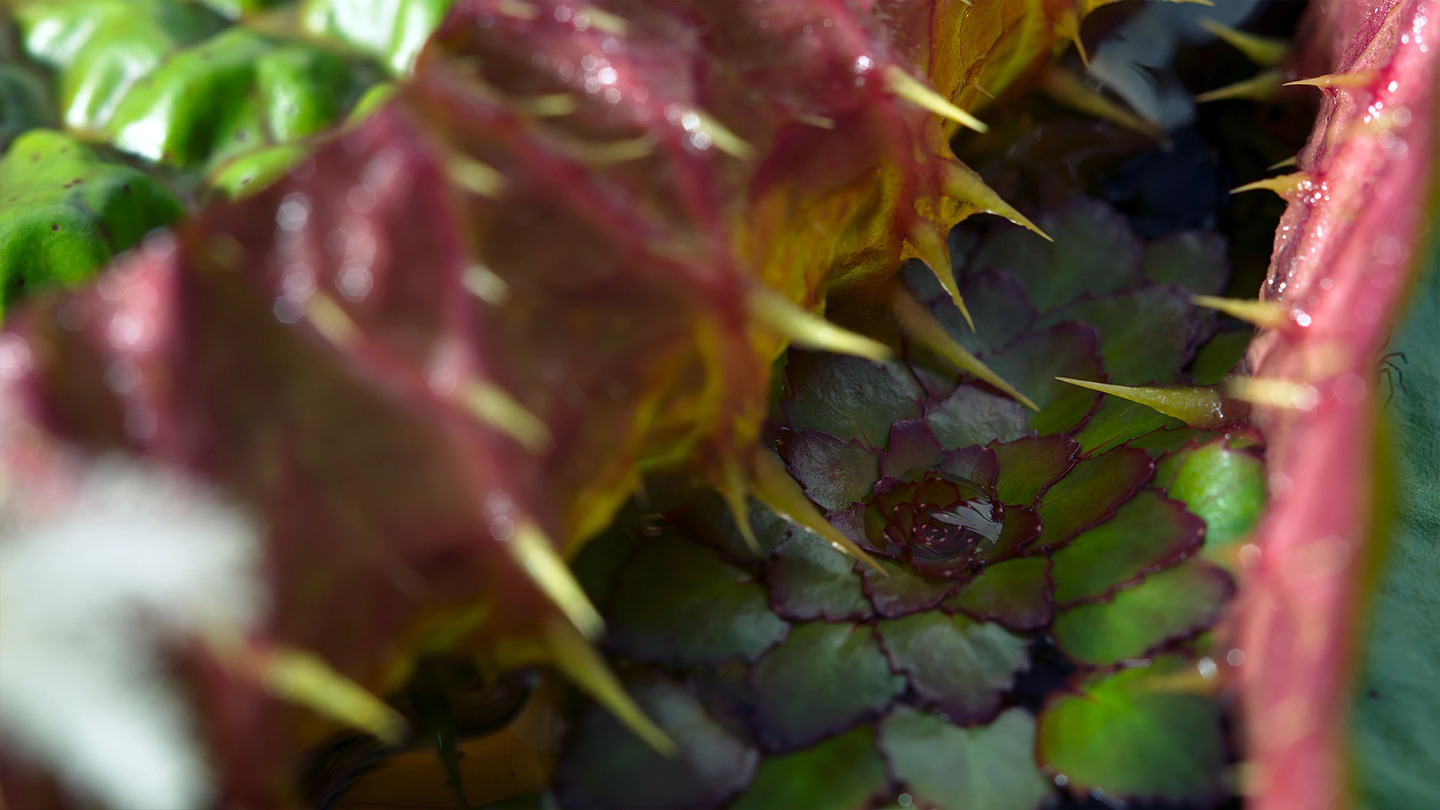
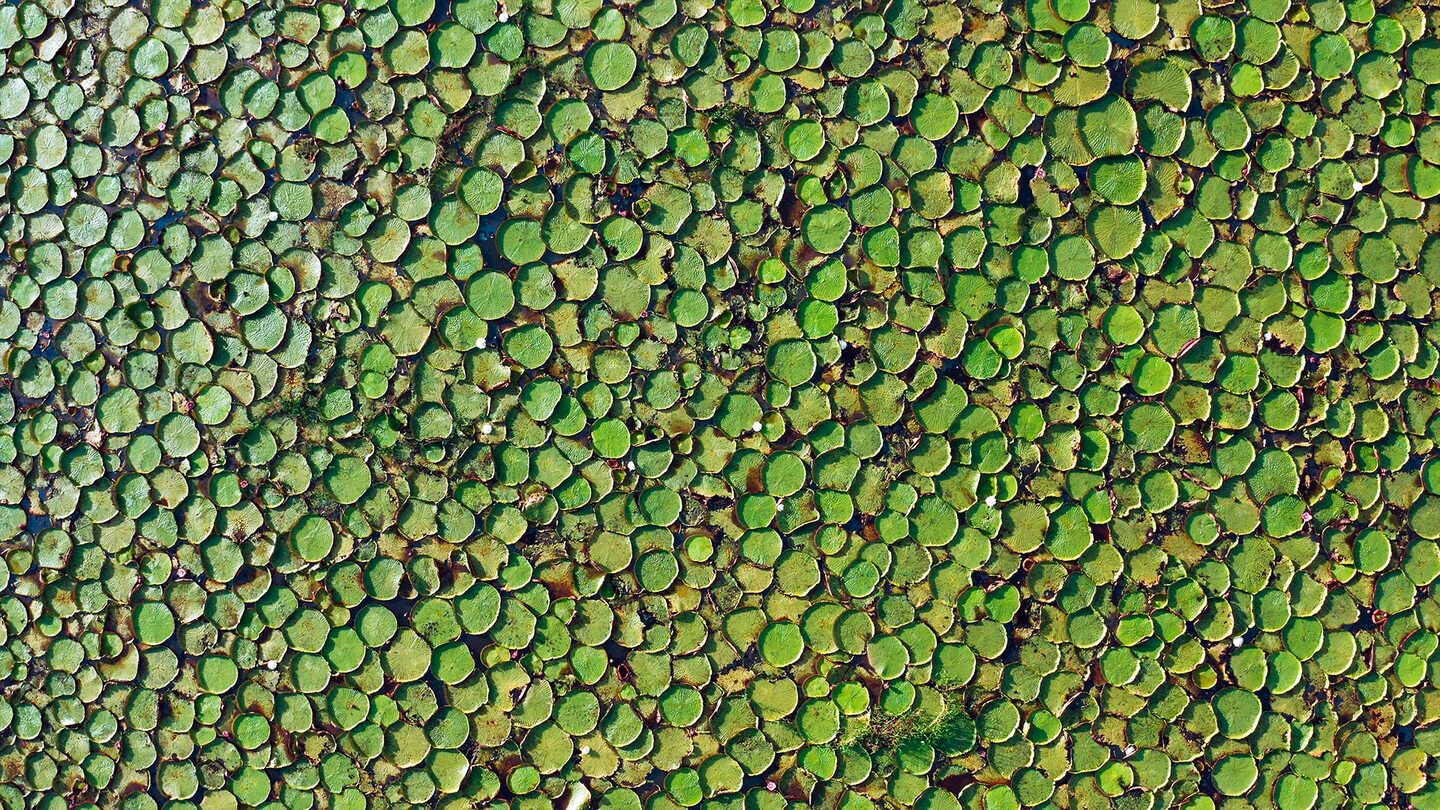
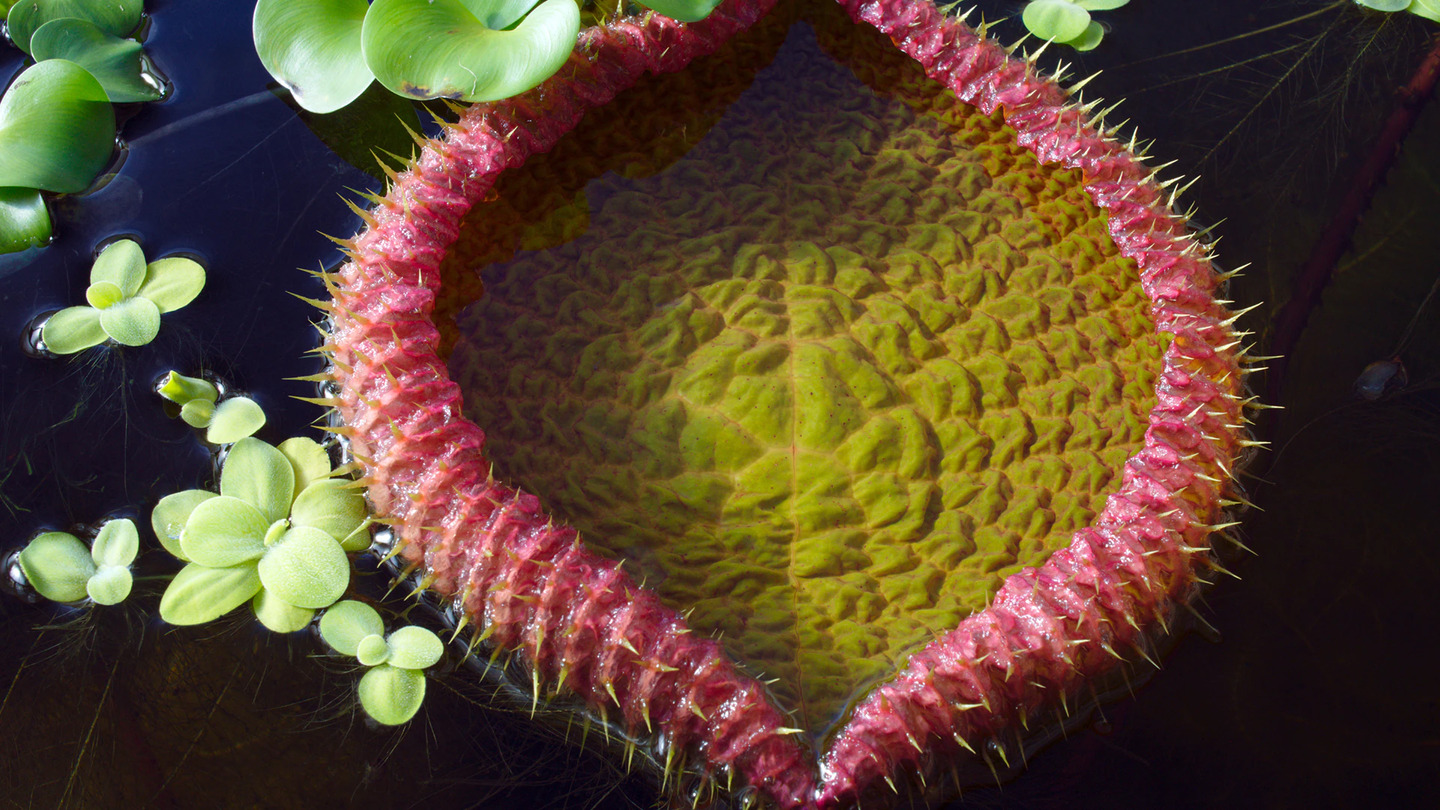
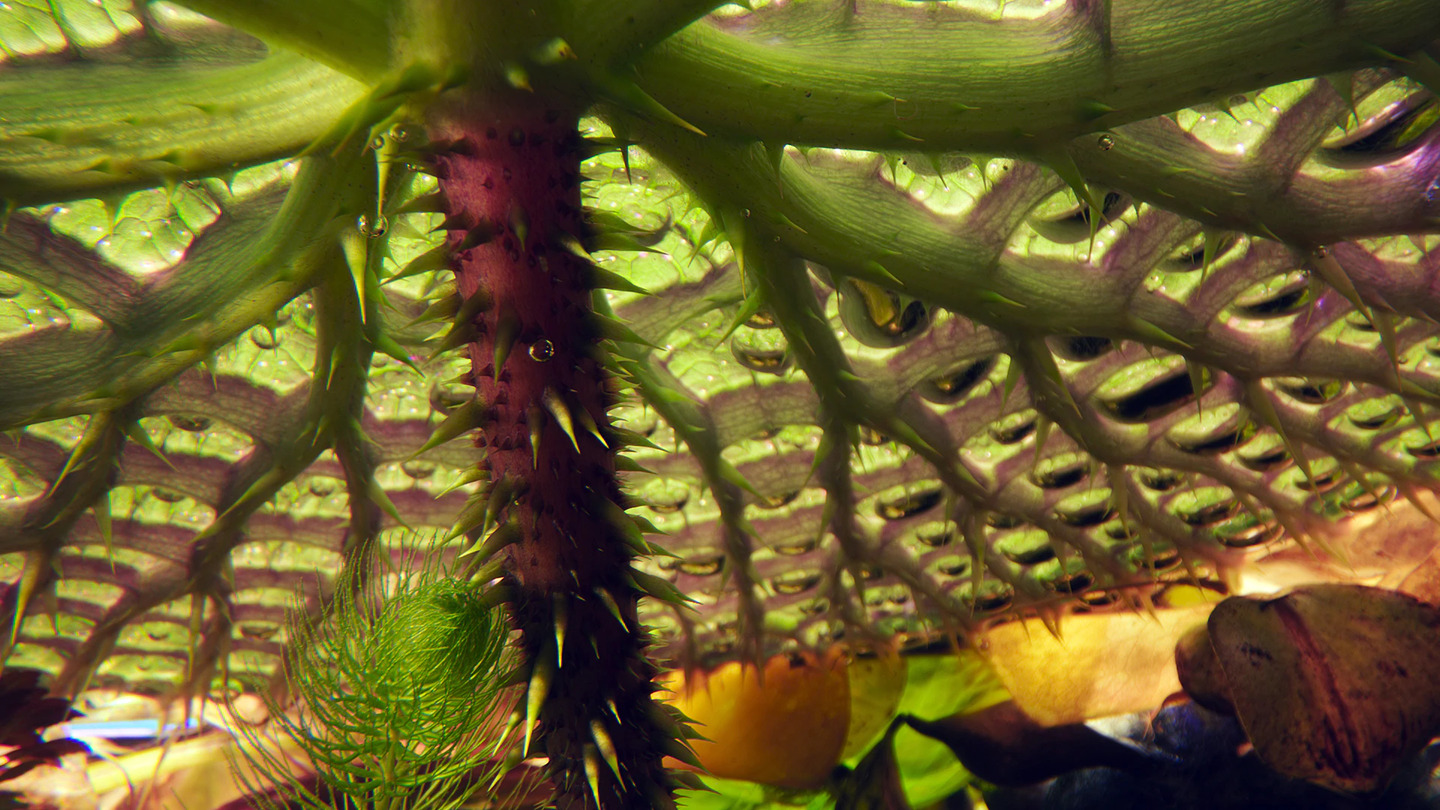
Clavigera Macarenia
When the water level rises and there is enough sunshine, the Macarenia clavigera plant erupts into a magnificent array of colors, transforming Colombia’s Cao Cristales river into a liquid rainbow.
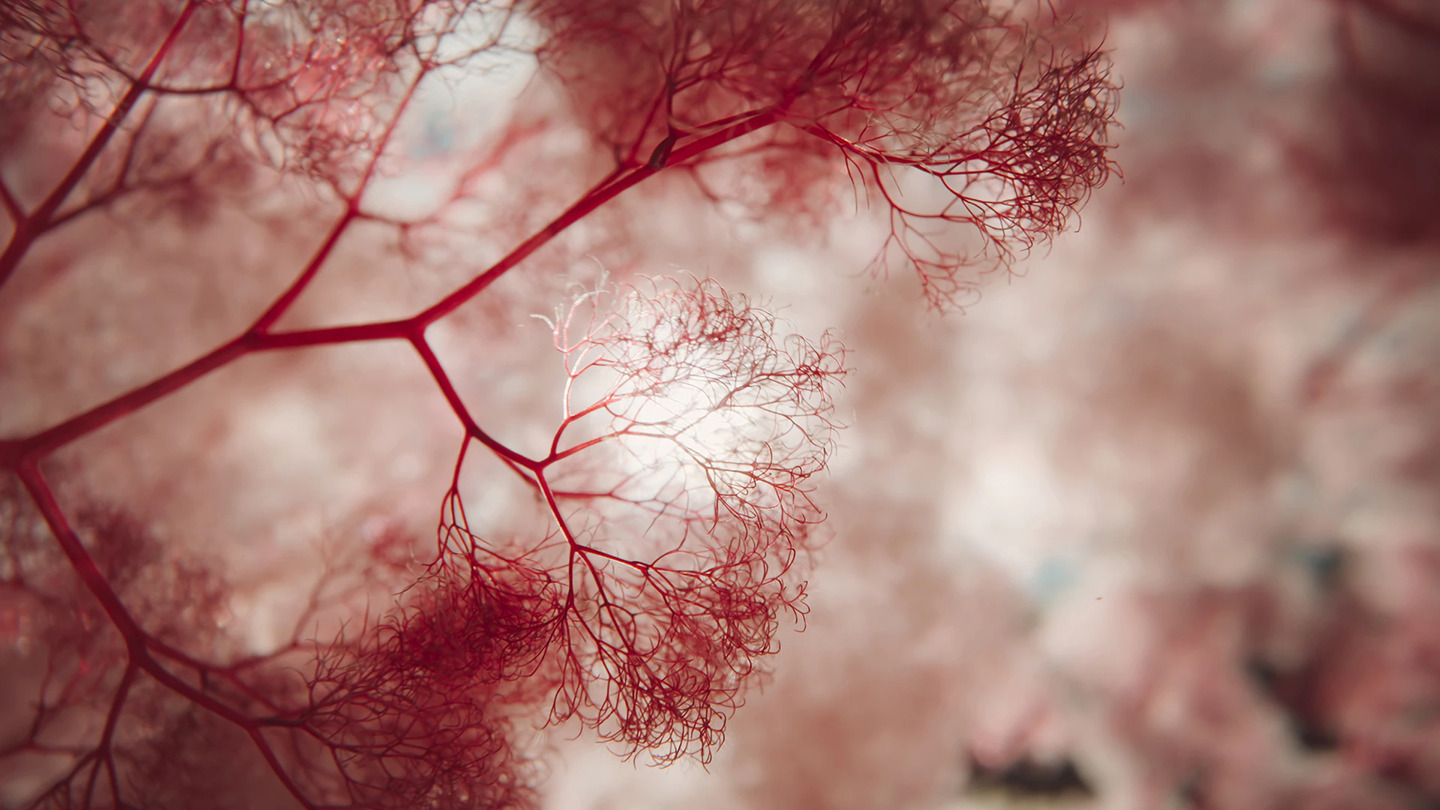
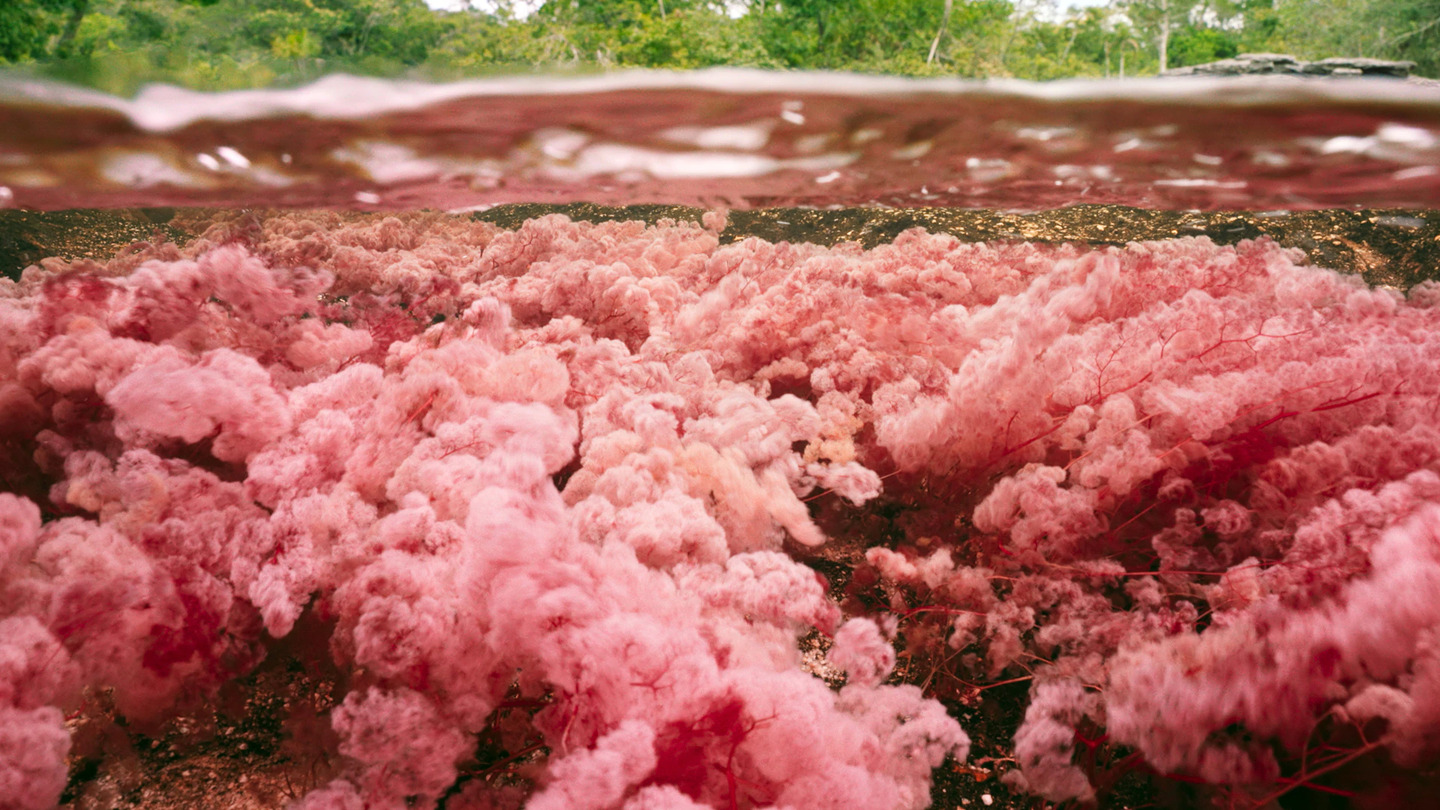
The Water Hyacinth
This floating bloom is native to South America’s Amazon Basin. The Hyacinth may generate up to 20 blossoms from a single stalk and can reach heights of 1m above the waterline.
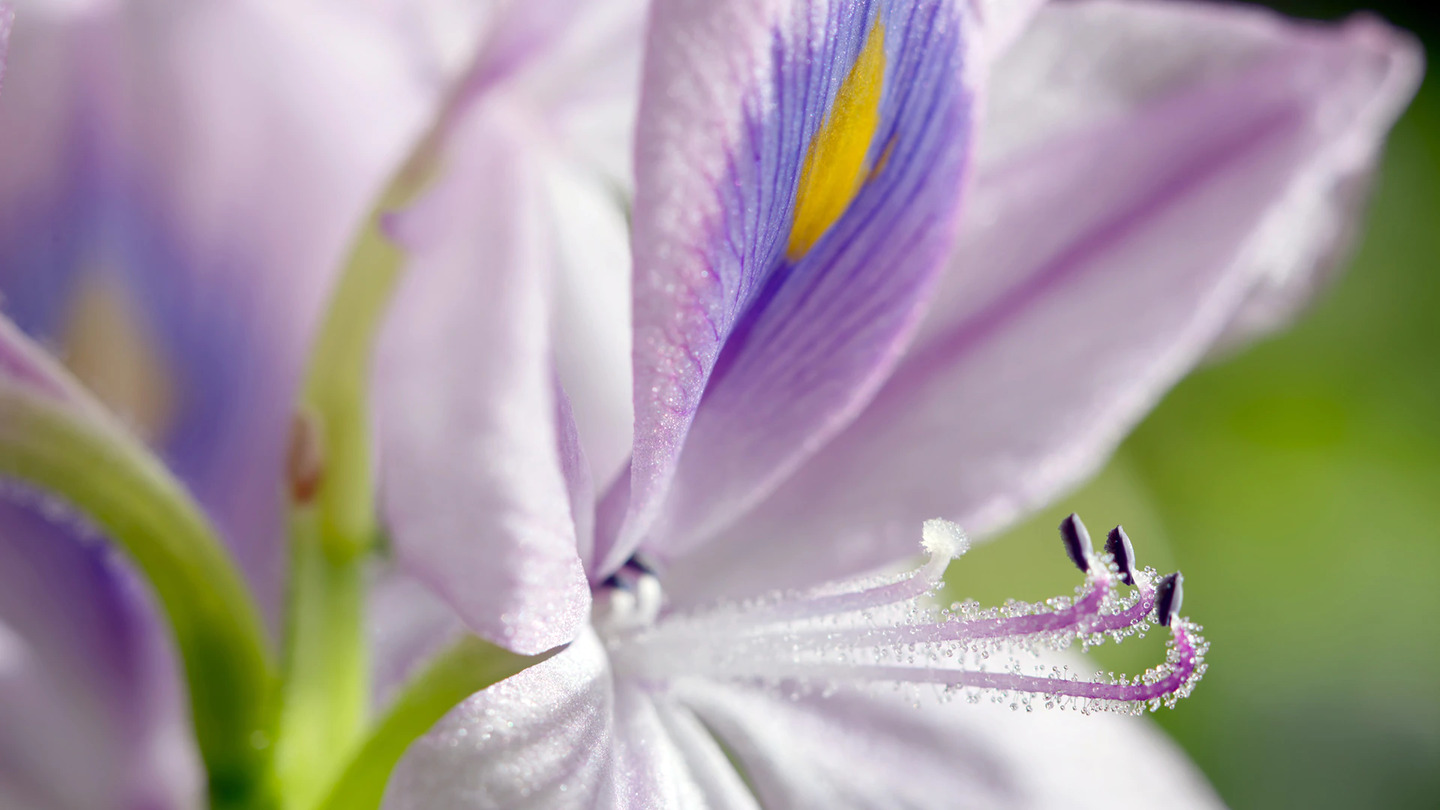
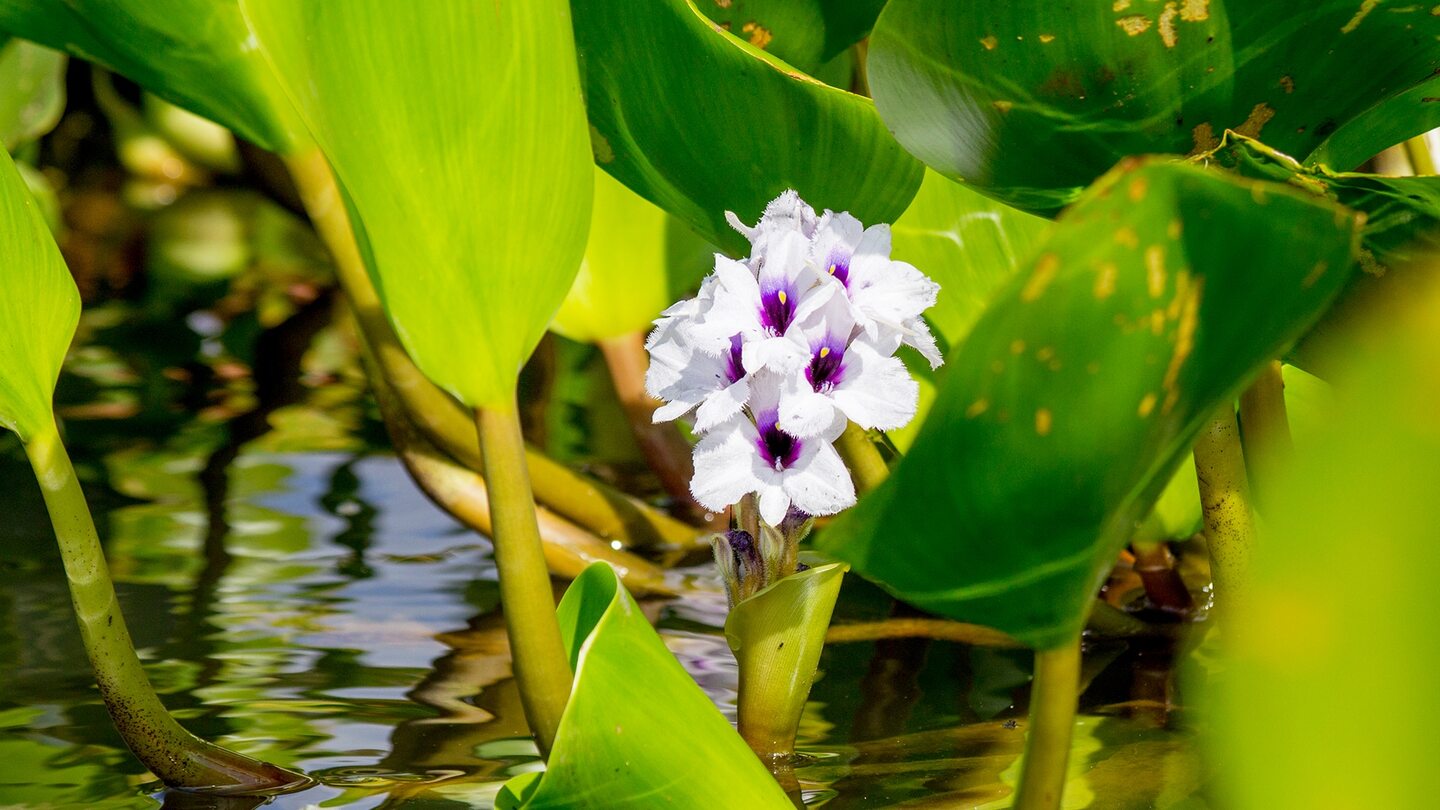
Ranunculus Aquatilis
Water Crowfoot, or Ranunculus aquatilis, is a buttercup family member endemic to much of Europe. This underwater plant forms mats on the water’s surface and has floppy stems that flex in response to the current. However, it sends stiff flower-bearing branches into the air to attract pollinators.
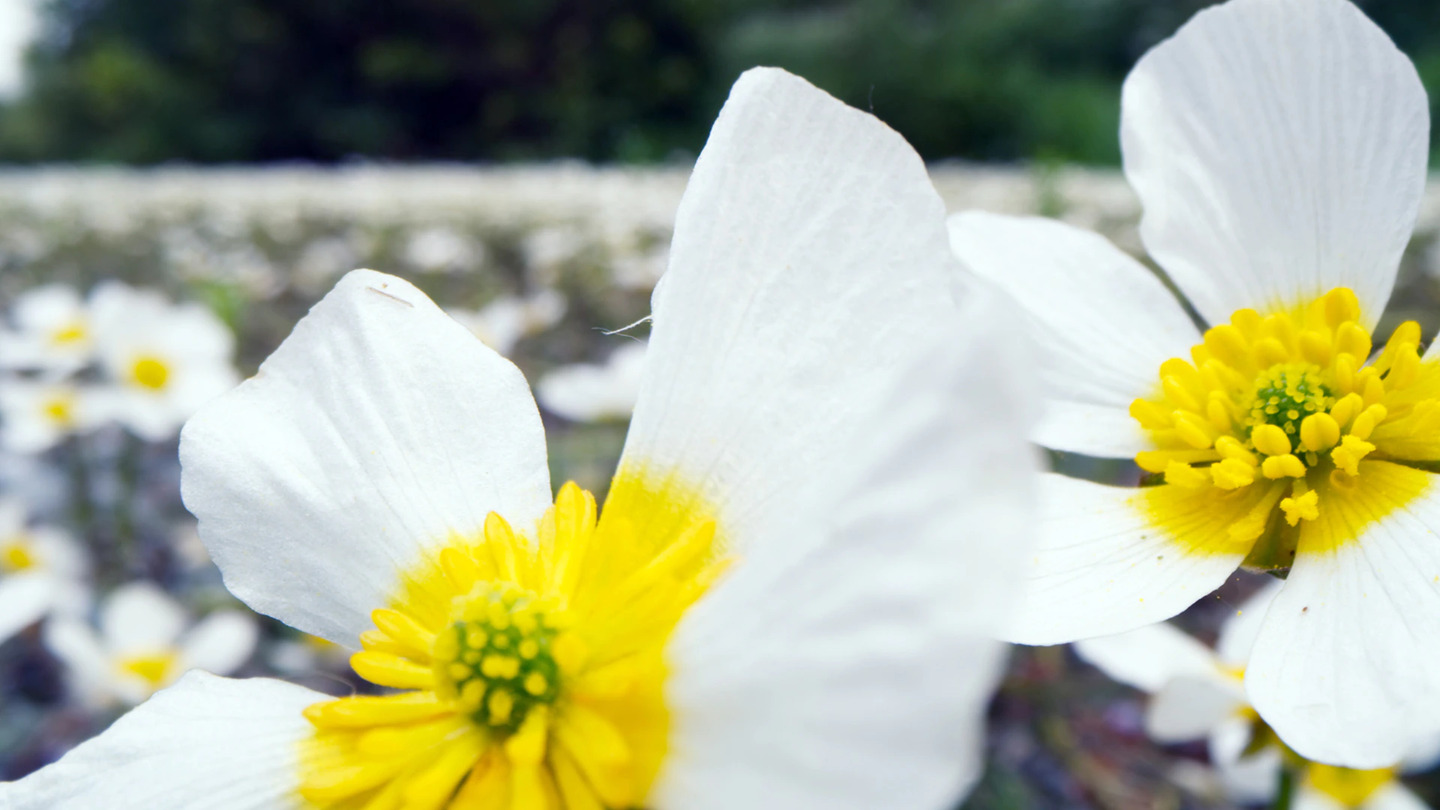
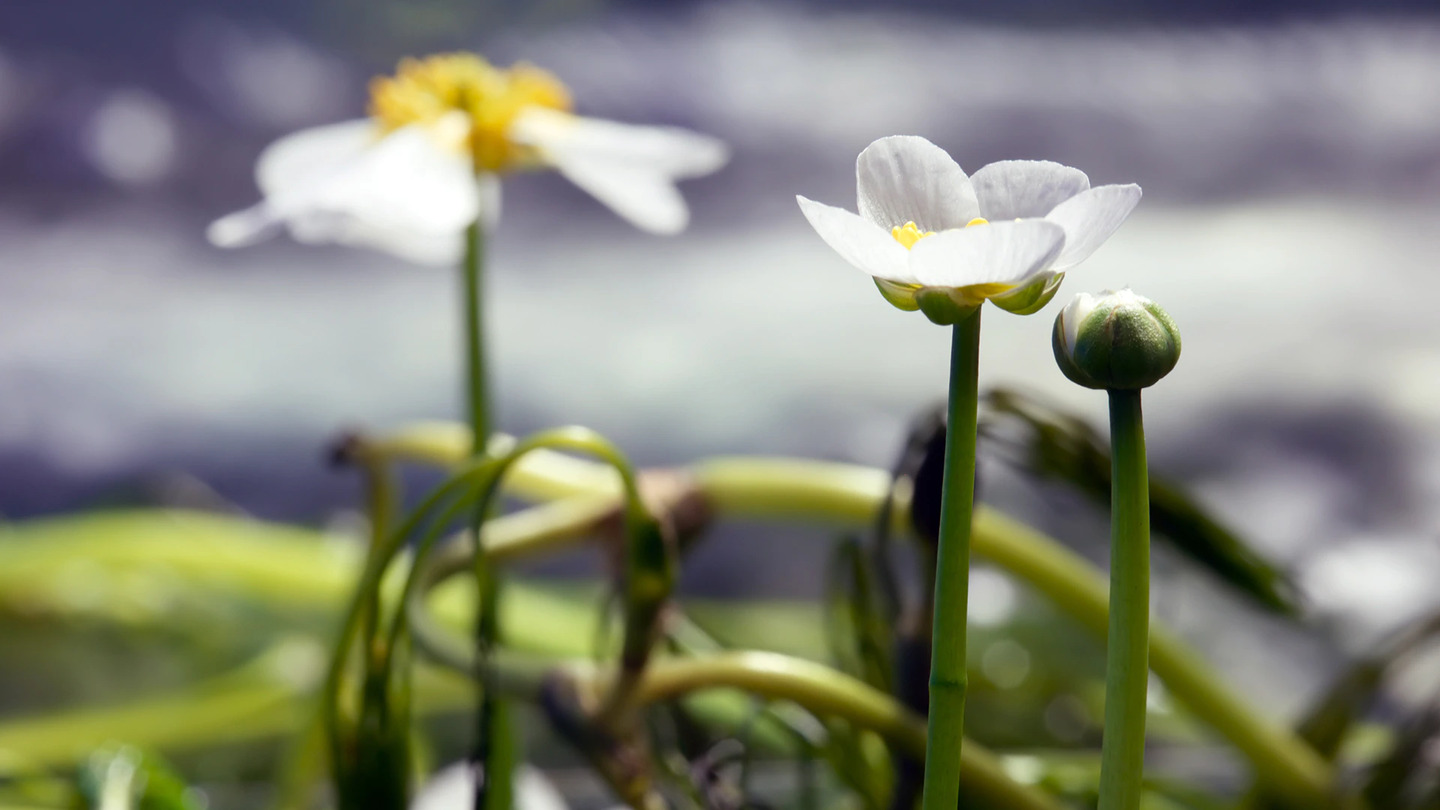
Pistia
Pistia stratiote, or pantropical water lettuce, gets its name from its lettuce-head-like appearance and may be found on all continents except Antarctica. This aquatic plant is nearly unsinkable, due in part to its thick and spongy leaves. Because its roots are not linked to the riverbed, it may move with the water.
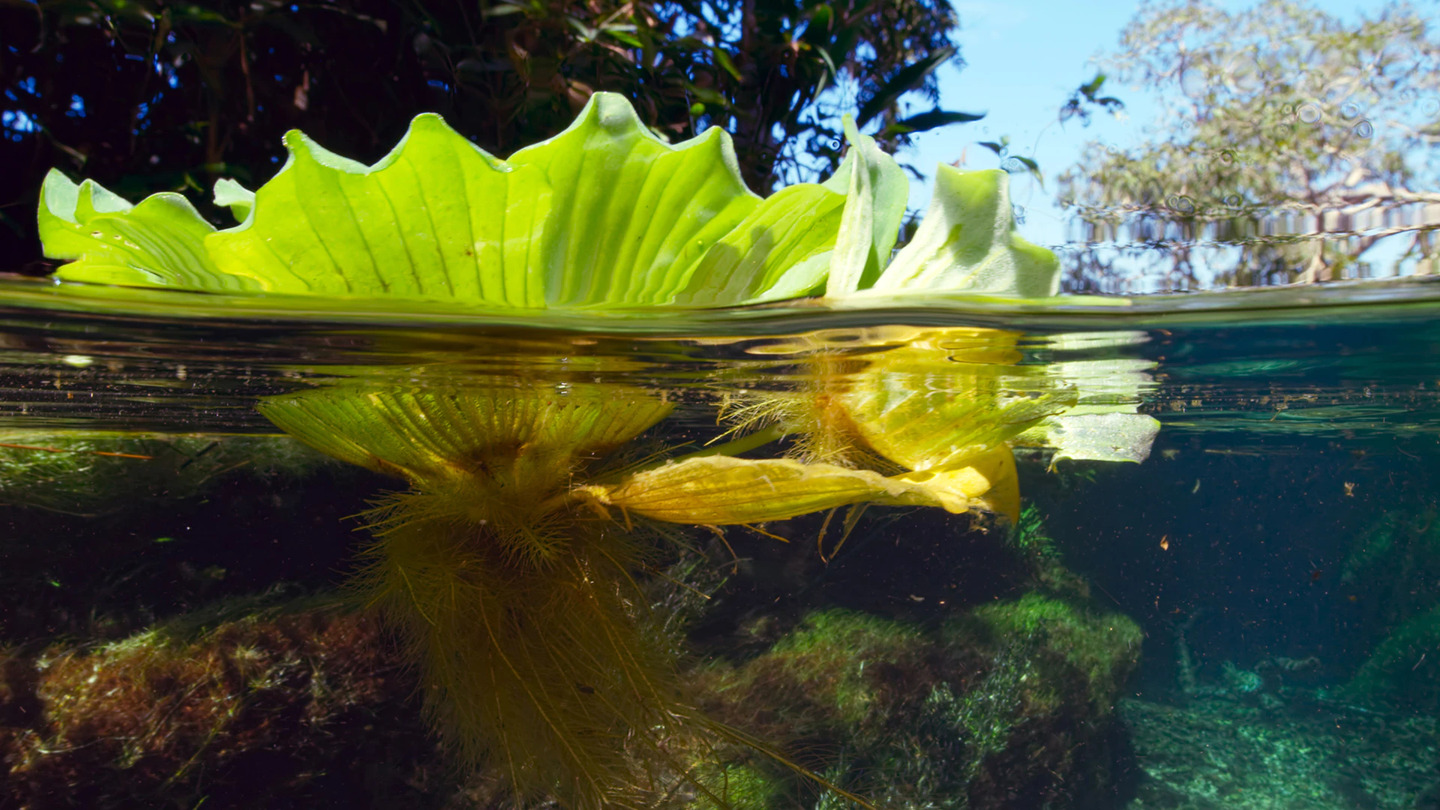
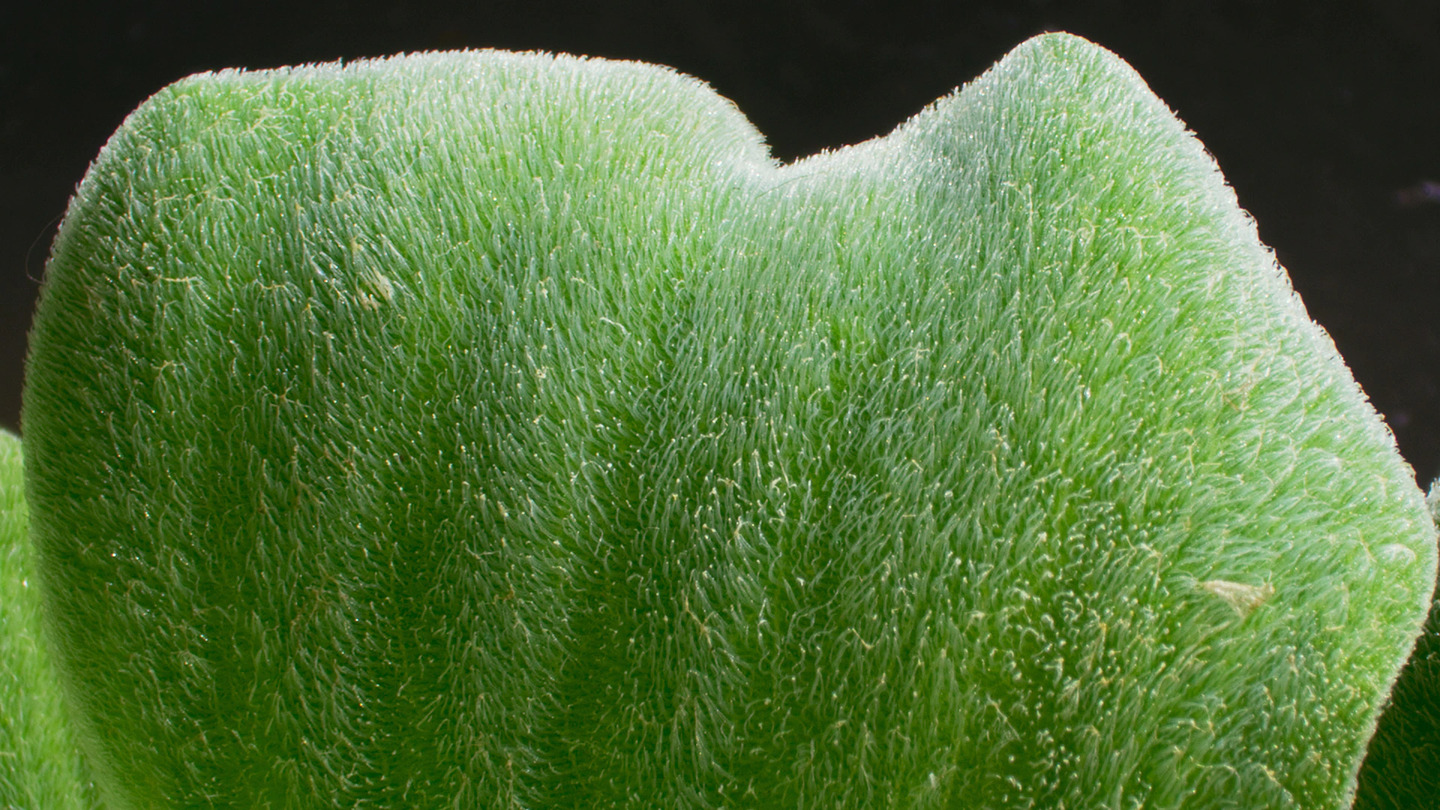
Sea Grass
Sea grass flourishes in shallow and protected coastal locations, with meadows totaling 300,000 square kilometers (115,000 square miles) in 159 countries. This plant is extremely essential since it absorbs 10% of the carbon in the ocean each year. The carbon used in photosynthesis is used by the grass to grow its leaves and roots.
